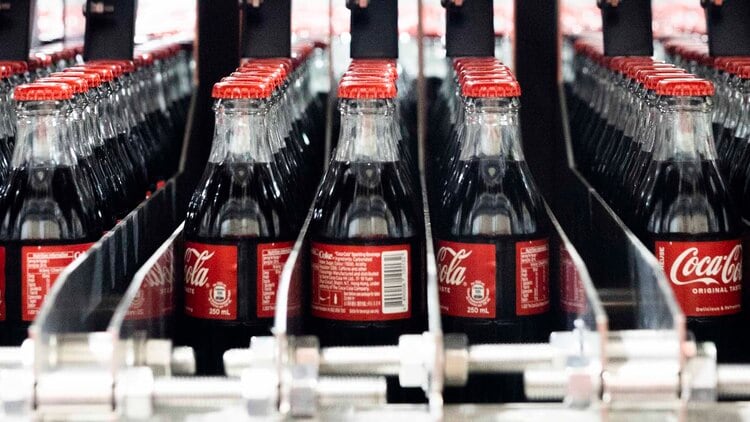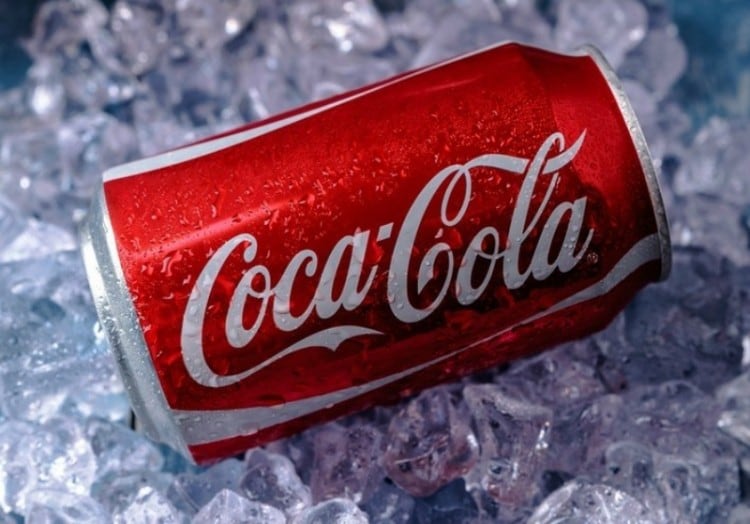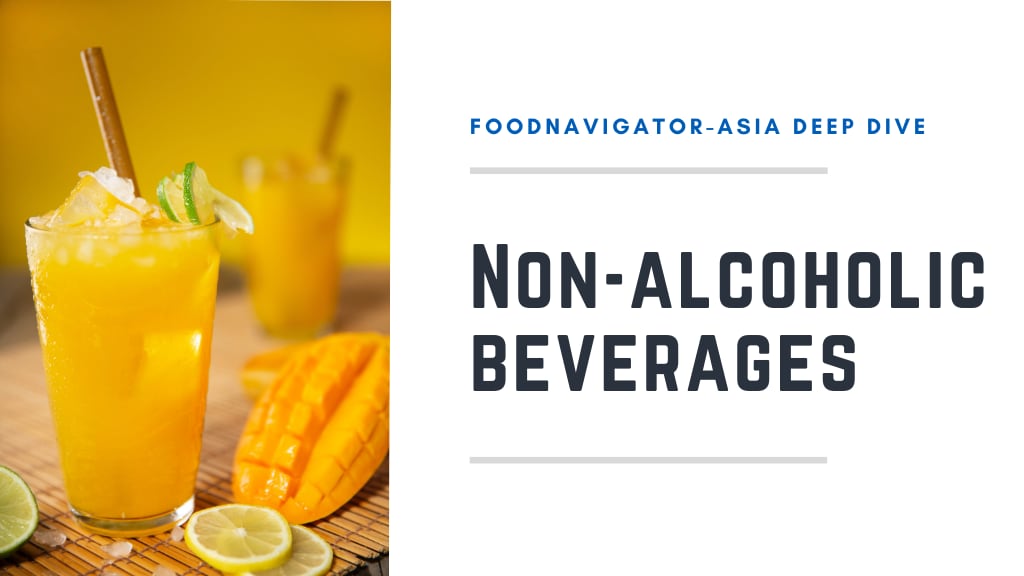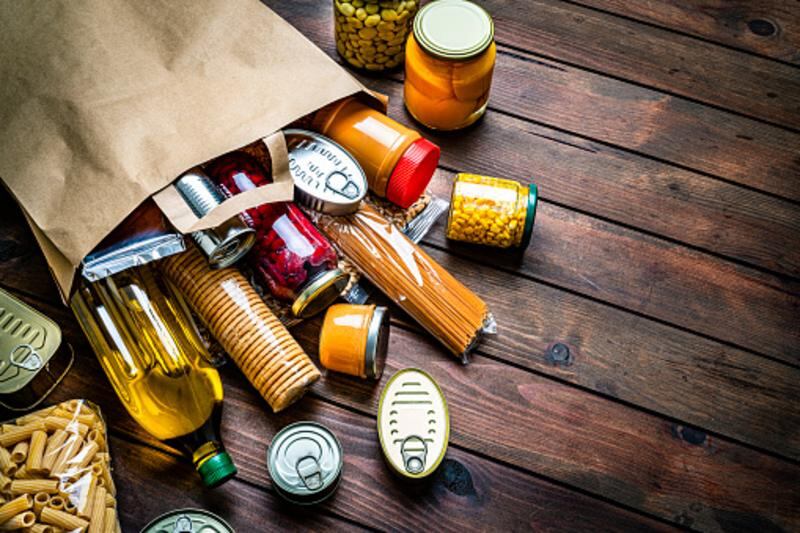The first step for its Hong Kong firm was to re-launch the iconic glass bottle for eight beverages to achieve its mission of a “World Without Waste”.
“The world has a packaging problem. Being the world’s biggest beverage company, we have a responsibility to help solve it. This new design is part of our action to minimise waste in the market,” said its Director for Public Affairs, Communications and Sustainability in Hong Kong, Taiwan, Macau and Mongolia, Steve Deng.
The glass bottles are made in Hong Kong and specifically distributed for its market. Each bottle can contain up to 250ml of beverage and packed into boxes of 12.
Eight flavours of the classic Coca-Cola, Coca-Cola No Sugar, Sprite, Fanta, Schweppes Cream Soda and Soda Water, Kochakaden, Craftea Lemon Tea and Peach Tea will kick off this sustainability move.
More brands and flavours will be added in future, but there is no concrete information at this stage, added Deng.
The company will maintain the classic “contour” glass bottle for the beverage Coca-Cola, whereas other brands under the company, like Sprite, Fanta, Schweppes and Kochakaden, will be filled in newly-designed bottles. Both designs will be transparent, sleeker and cleaner.
It will also be made more convenient for consumers to return the bottles after use for the bottling plant to clean, disinfect and refill. After refilling and adding labels, they will be relaunched in the market.
Deng said customers could return the bottles where they purchased them, for instance convenience stores or supermarkets. They could also call Coke’s e-shop team to collect the bottles should they order from the online store.
“The glass bottles have been well-received by consumers. We already received a lot of positive feedback from the consumers upon the return of the bottles in the market.
“We hope consumers will enjoy their meals with the glass bottle drinks, whether it is dining-in at restaurants or just chilling at home. We target everyone who loves enjoying great meals, great fun, and we are inviting them to enjoy this real magic moment with us,” said Deng.
The second initiative made was that the bottles in Hong Kong would comprise 60% recycled glass material and would be one-thirds lighter than before. Despite the loss in mass, the new bottles are able to contain more beverage – from 192 ml to 250 ml.
The merchandise is retailing in restaurants such as Cha-Chan-Teng shops, noodle stalls and Chinese restaurants now. It can also be bought in convenience stores, corner shops or ordered online via Swire Coca-Cola Hong Kong’s e-shop.
Sustainability consultant and researcher based in Singapore, Muhammad Ibnur Rashad, agreed with Coca-Cola Hong Kong’s initiative of giving new life to materials, especially if the recycled glass bottles produced were durable.
“Coke has a good point because, with less use of plastics, it might use less fossil fuels for manufacturing and reduce plastic pollution.
“The use of recycled glass is also a good case study. Glass fills up landfills. If we reclaimed those glass material, re-melt and make new bottles, we will be closing the loop of circularity,” he said.
However, Ibnur, who is the founder of sustainability-focused invention studio and learning consultancy GUILD, made another salient point.
In general, manufacturers must consider the amount of carbon emission when re-melting the glass to make bottles and understand the complexity of the water-energy nexus, bearing in mind the amount of water and energy needed for the entire process and greenhouse gases emitted, if any.
“If the glass is brittle, it may break during transport compared to plastic. This can lead to food waste. In the re-making of new materials and considering the ecological footprint involved, it’s not only about energy, but the electricity and water required.
“As long as Coke Hong Kong bears these factors in mind and have researchers, scientists and engineers to look into these aspects, like comparing energy consumption, shipping and the amount of fuel required, then it’d be a good start for Coke to reinvent itself sustainably,” concluded Ibnur.
Coca-Cola has previously been criticised by Greenpeace for the amount of plastic waste found in its Asia audit, but the firm hit back highlighting its sustainability strategies and arguing that one company alone could not solve the plastic pollution crisis.




